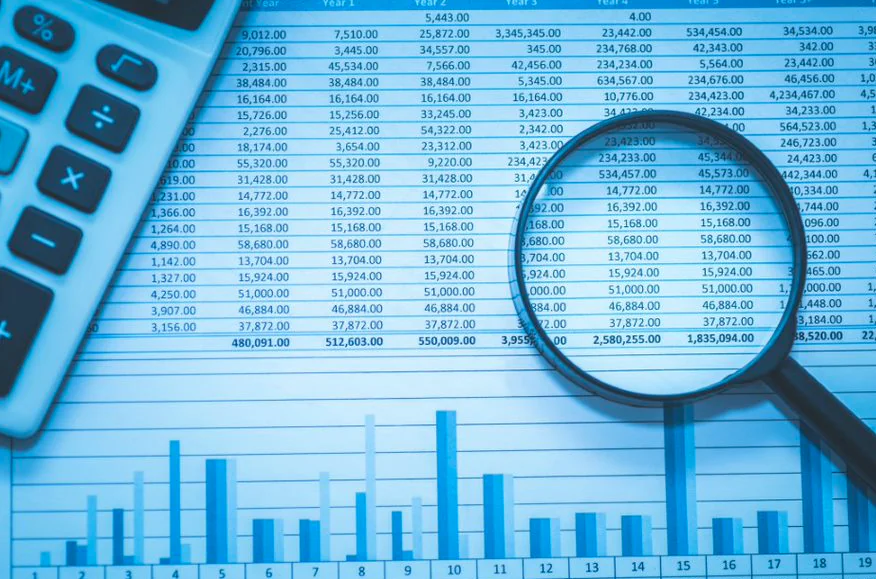Every year fraudsters, imposters, hackers, and others amass billions of dollars from the financial industry by means of fraudulent activities. In the past, major banks usually resorted to a reactive approach by getting hold of the fraudster only after the crime has been committed. However, recent technological advancements in data analytics have enabled banks to employ fraud detection measures that proactively works to detect fraud and limit the damages caused by it. Fraud analytics is deployed in the banking industry to reduce credit card fraud, online fraud, payment fraud, loan fraud, and identity theft. So how are banks using predictive analytics to increase the efficiency of fraud detection systems?
Get in touch to learn more about how Quantzig is helping banks improve process efficiency through better, faster, and more efficient decisions.
Table of Contents
Pattern Analysis
A large amount of data is generated within the banking systems on an everyday basis, including customer information, credit card details, risk profiles, limit and collateral details, transaction details, anti-money laundering (AML) related information, and trade finance data. Data analytics can dive deep into such vast repositories of data and look for inconsistent patterns that indicate instances of fraud. For instance, the bank can set fraud detection indicators for new accounts that include anomalies in the application, unusually high purchases of a popular item, purchase of an unrelated or unusual item, or multiple accounts being opened in a short timeframe with similar personal information.
Uncovering Attack Patterns
Banks that have amassed a significant amount of data and with a high degree of certainty can differentiate between genuine transactions and fraudulent ones. Since most frauds have similar attack patterns, banks can set up fraud detection systems to identify similar patterns and proactively save themselves against fraud. For instance, fraudsters often look for victims and invent scams for seasonal events, such as giving away gifts during the holiday season, which asks victims for money against shipping charge for the free gifts. Predictive analytics models can easily identify such scams and report such fraudulent activity to the concerned authority. Fraud analytics often looks for commonalities that indicate fraudulent transactions or sets of transactions to get hold of the fraudsters.
For more information on how the banking industry uses data analytics for fraud detection, fraud analytics, predictive analytics, data protection, credit card fraud detection, and fraud protection, request a free proposal.
Loss-Minimization
The primary reason for adopting fraud detection techniques is to minimize the amount of loss caused by fraudulent activities proactively. Although fraud detection systems cost customers a small amount at the start, it can save thousands of dollars later if the fraud weren’t detected. Detecting frauds faster allows banks to restrict the account activities of suspicious accounts. Additionally, customers are susceptible to their private information regarding personal and bank details being shared. Predictive analytics, data mining, machine learning, big data, and stream computing are a few tools in the banking industry that can help detect and mitigate frauds by identifying attacks beforehand, thereby, minimizing overall loss.




